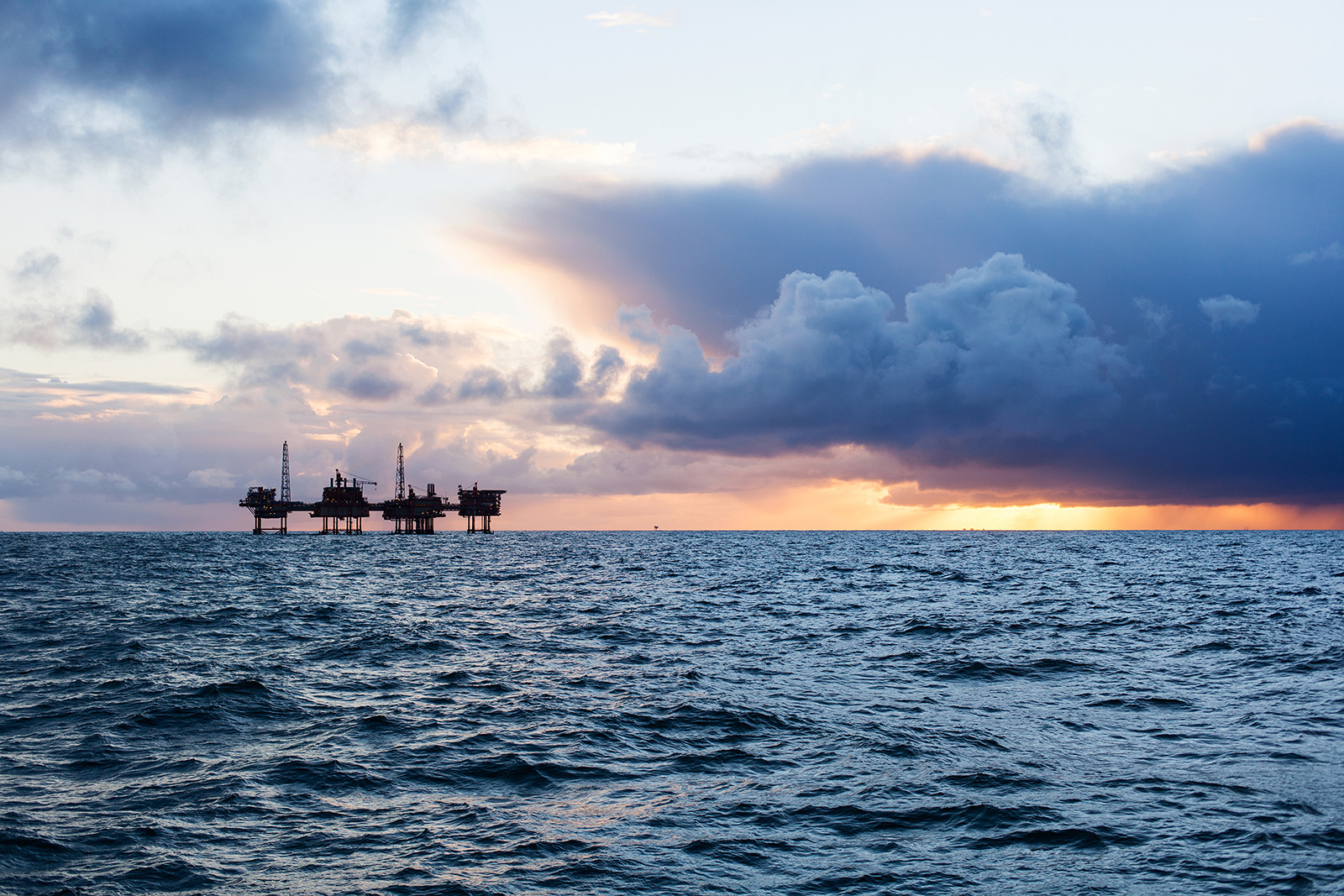Protection of Caprock Integrity for Large-Scale CO2 Storage
The Norwegian continental shelf has a number of saline aquifers with the potential of storing large quantities of CO2. There are a number of uncertainties related to how the potentially large pore space of an aquifer can be filled with CO2 in a safe and economical manner. The main uncertainties are the injectivity of the aquifer and quality of the caprock. A “good” injectivity is needed, which means that CO2 can be injected with a “large” rate without excessive pressure build-up in the aquifer. A certain pressure build-up cannot be avoided in the aquifer, which in turn will have a geomechanical impact on the overburden. It is important that the overburden is tight and that eventually fractures or faults in the caprock can be considered non-leaky. The impact of the pressure build-up must not open existing fractures or create new ones.
In this project IFE together with Uni-CIPR, UiO, UiB, NGI, Total and Statoil combined their efforts to give quantitative answers to the reservoir injectivity and the quality of the caprock by means of fluid flow, geomechanics, and geochemistry, in order to ensure a maximum storage capacity.

